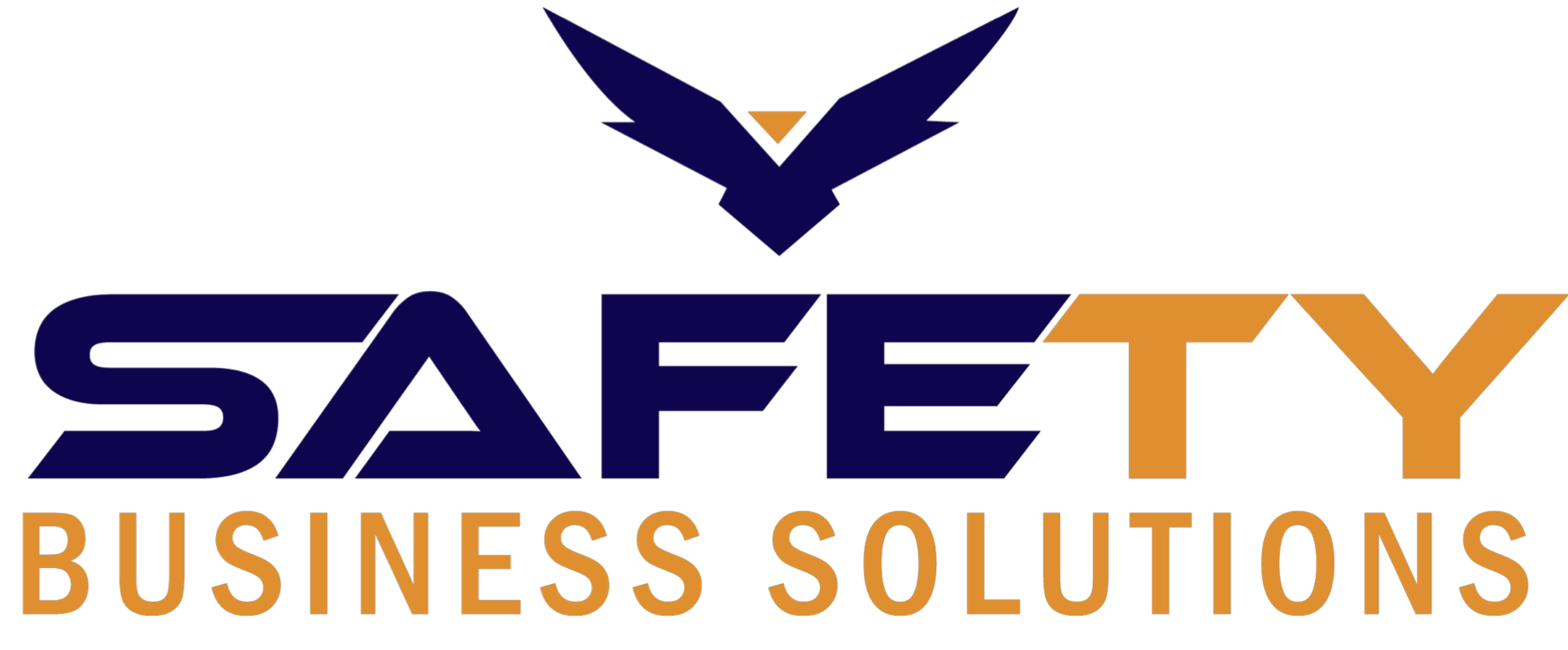
19 Jun What to Do to Avoid Injuries
This section highlights OSHA standards and directives (instructions for compliance officers) and other related information that may apply to worker exposure to the novel coronavirus, SARS-CoV-2, that causes Coronavirus Disease 2019 (COVID-19).
OSHA requirements apply to preventing occupational exposure to SARS-CoV-2. Among the most relevant are:
- OSHA’s Personal Protective Equipment (PPE) standards (in general industry, 29 CFR 1910 Subpart I), and, in construction, 29 CFR 1926 Subpart E), which require that a PPE hazard assessment be conducted to assess workplace hazards, and that PPE, such as respiratory protection, be used when necessary.
- When respirators are necessary to protect workers, employers must implement a comprehensive respiratory protection program in accordance with the Respiratory Protection standard (29 CFR 1910.134).
- The General Duty Clause, Section 5(a)(1) of the Occupational Safety and Health (OSH) Act of 1970, 29 USC 654(a)(1), which requires employers to furnish to each worker “employment and a place of employment, which are free from recognized hazards that are causing or are likely to cause death or serious physical harm.”
OSHA’s Bloodborne Pathogens standard (29 CFR 1910.1030) applies to occupational exposure to human blood and other potentially infectious materials that typically do not include respiratory secretions that may contain SARS-CoV-2 (unless visible blood is present). However, the provisions of the standard offer a framework that may help control some sources of the virus, including exposures to body fluids (e.g., respiratory secretions) not covered by the standard.
State Standards
There are 28 OSHA-approved State Plans, operating statewide occupational safety and health programs. State Plans are required to have standards and enforcement programs that are at least as effective as OSHA’s and may have different or more stringent requirements.
The California Division of Occupational Safety and Health (Cal/OSHA) Aerosol Transmissible Diseases (ATD) standard is aimed at preventing worker illness from infectious diseases that can be transmitted by inhaling air that contains viruses (including SARS-CoV-2), bacteria or other disease-causing organisms. While the Cal/OSHA ATD standard is only mandatory for certain healthcare employers in California, it may provide useful guidance for protecting other workers exposed to SARS-CoV-2.
Employers must also protect their workers from exposure to hazardous chemicals used for cleaning and disinfection. Employers should be aware that common sanitizers and sterilizers could contain hazardous chemicals. Where workers are exposed to hazardous chemicals, employers must comply with OSHA’s Hazard Communication standard (in general industry, 29 CFR 1910.1200), Personal Protective Equipment standards (in general industry, 29 CFR 1910 Subpart I, and, in construction, 29 CFR 1926 Subpart E), and other applicable OSHA chemical standards. OSHA provides information about hazardous chemicals used in hospitals in the Housekeeping section of its Hospital eTool.

No Comments